
Kino-Lorber
My father grew up on B-Westerns, from the late silents to the TV days.
He used to regale me with tales of Harry Carey, Buck Jones, Hoot Gibson, Bob Steele, Whip Wilson, and the Three Mesquiteers long before I had any way to see them for myself.
The only B cowboy I knew was Roy Rogers, whose 1950s TV series was rerun well into the 1970s.
When more of the sagebrush heroes did show up on local TV finally, we got Tim Holt, George O’Brien, and Tom Keene, the B-listers of the B-westerns.
After the Internet and DVDs came along, I became a fan of Colonel Tim McCoy, Buster Crabbe, Allan Rocky Lane, and the Durango Kid.
Rustler’s Rhapsody would make for a great double feature—if they still had double features—with Hearts of the West, the 1975 movie I recently reviewed here. Andy Griffith is even in both of them. Both films pay loving homage to the old days of the B western. The problem is that by the time Rustler’s Rhapsody came out in 1985, westerns weren’t nearly as popular as they once were and B westerns in particular were fading further into the past. Once DVDs and streaming arrived, westerns developed a new fan base. It’s all about timing.
The other, bigger problem with Rustler’s Rhapsody is that it plays like a ten-minute comedy sketch padded out to an hour and a half. It really is an amusing premise; it just goes on and on well past the point where the audience has gotten the joke.
What exactly is that joke, you ask?
Well, the picture starts with small-screen, black and white cowboy action with tinny sound as an off-screen narrator says he always wondered what a typical B western cowboy hero would be like in real life. Suddenly, Wizard of Oz-style, we switch to full color, Dolby stereo, widescreen and our star, Rex O’Herlihan, the Singing Cowboy, calmly notes the changes, then just goes on with his life.
For the rest of the picture, he’s supposedly the only one who knows they’re all in a movie, and where the movie is going because the plots are always so similar in these pictures. Handsome, stalwart Tom Berenger, himself an always reliable B movie star of that period, is wonderfully deadpan as Rex.
Marilu Henner, from TV’s Taxi, has one good scene and her line delivery is good but her character, the town “hostess” hangs around doing nothing throughout the rest of the movie. Sela Ward looks like she’s going to be a major character but also gets sidelined. Character actor GW Bailey steals the show as the town drunk turned sidekick. For those of us old enough to notice, he even dresses like Smiley Burnette’s Frog Millhouse!
Rounding out the cast are Andy Griffith and Fernando Rey as the villains. Griffith’s delivery is great but his character feels oddly written. The bearded Rey—the Big Bad in The French Connection and scores of Spaghetti Westerns—is the more traditional bad guy here.
Speaking of Spaghetti Westerns, those 1960s and ‘70s oaters shot by Italian directors in Spain, writer/director Hugh Wilson (WKRP in Cincinnati) chose to film Rustler’s Rhapsody on a then still-standing western town set that had been built for Sergio Leone years before.
The surprise of the picture—and I won’t spoil it just in case you still want to see it—is when another good guy shows up, played by a most appropriate choice of actor. He’s pretty wooden, but just who he is elevates the picture.
As a very specific parody of the B western genre—as opposed to the much broader Blazing Saddles—Rustler’s Rhapsody certainly has its moments. It just drags them out long past the point where any of us who actually care about what’s being parodied…stop caring.
Still, with a rousing score and some lovely photography—and what has to be Bailey’s funniest performance ever—cowboy fans of all ages should appreciate it.
Extras include commentary and trailer.
Booksteve recommends.




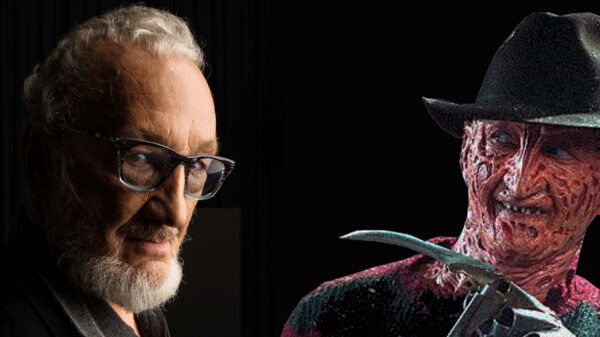
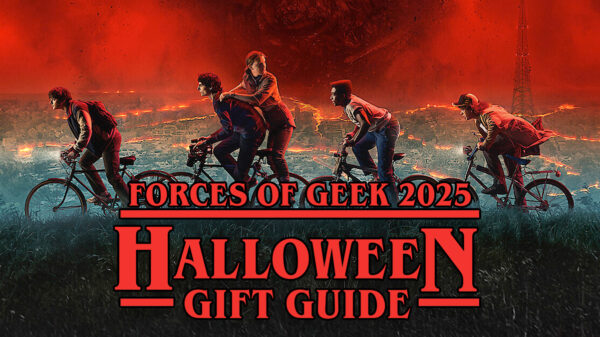
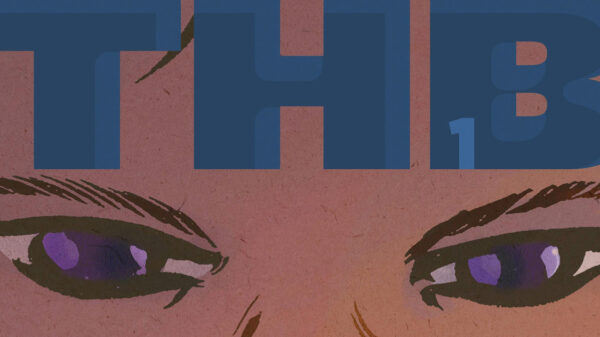

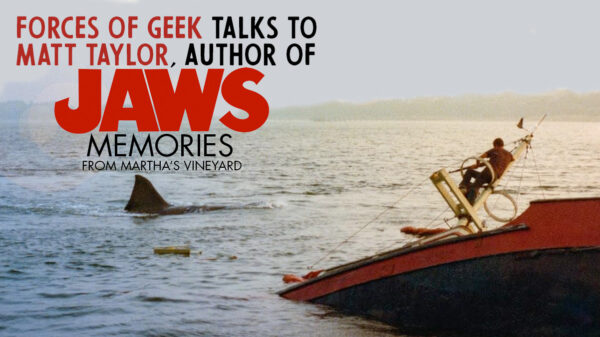
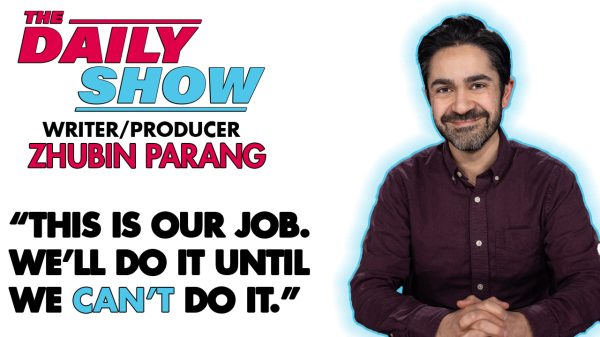
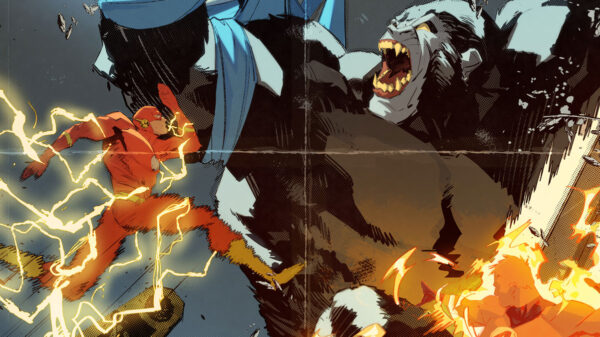
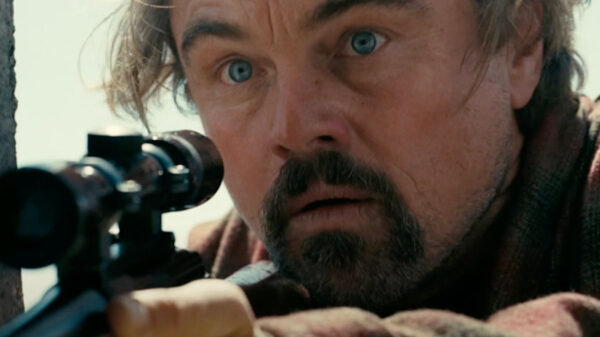
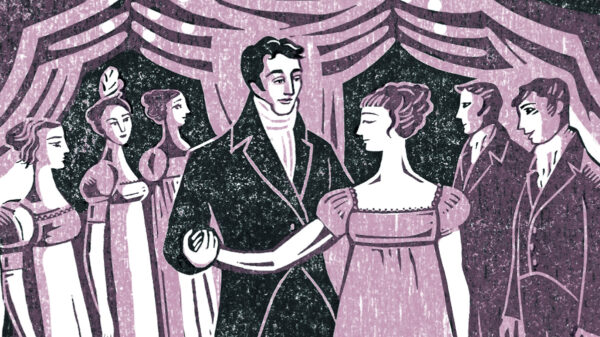
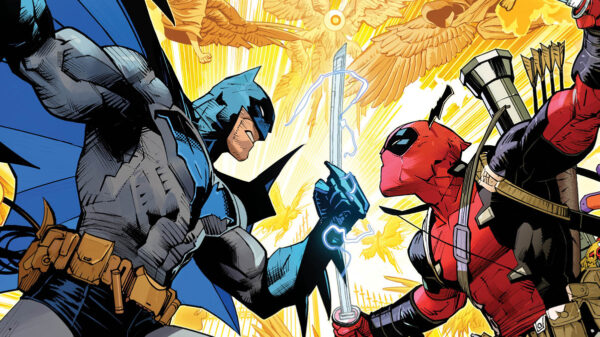
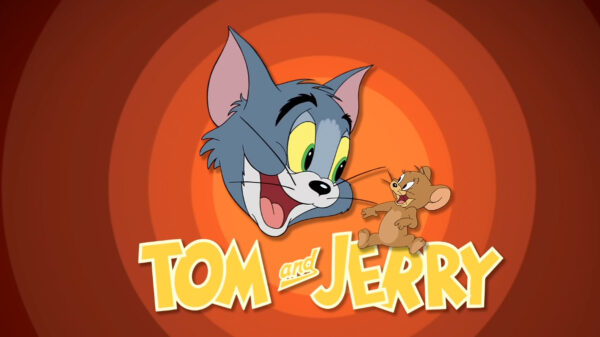



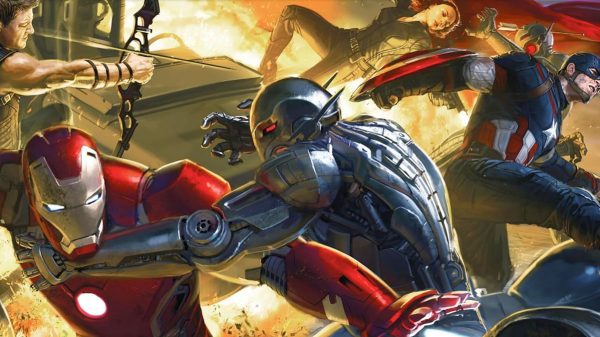

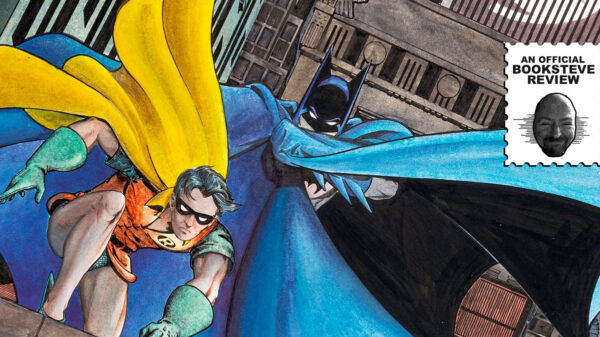
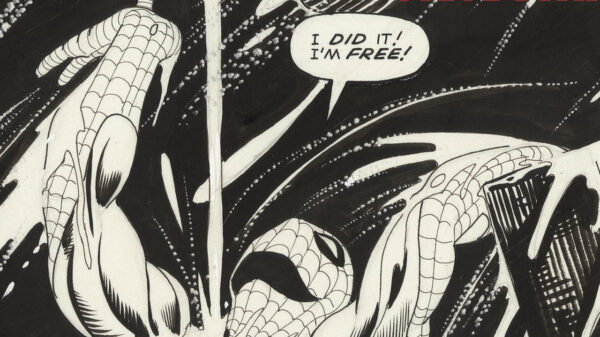
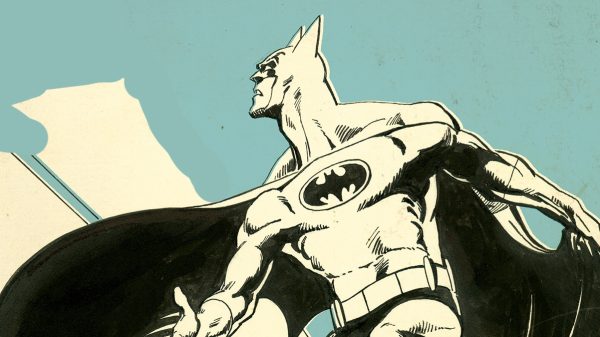

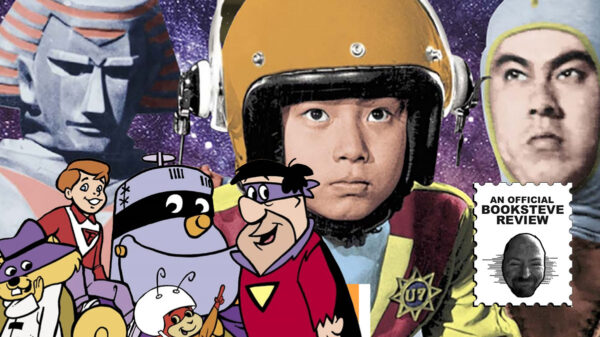
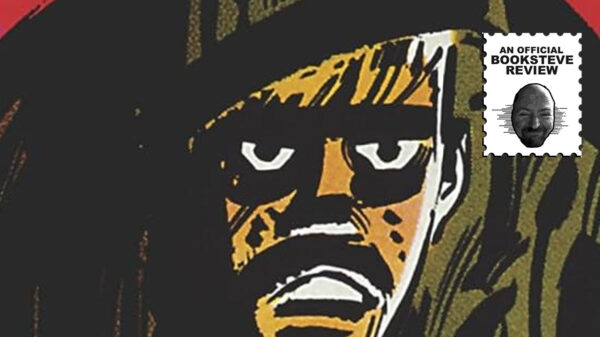
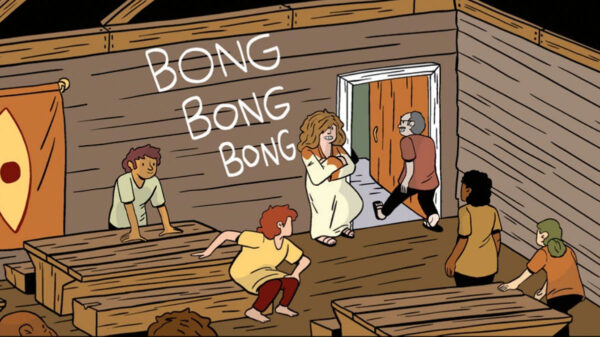
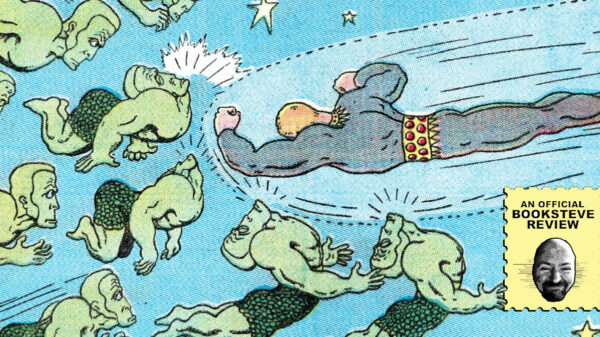
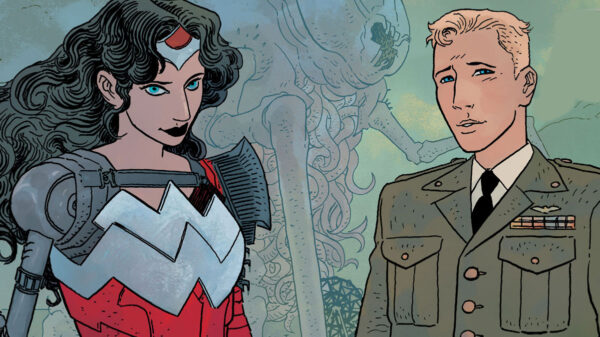




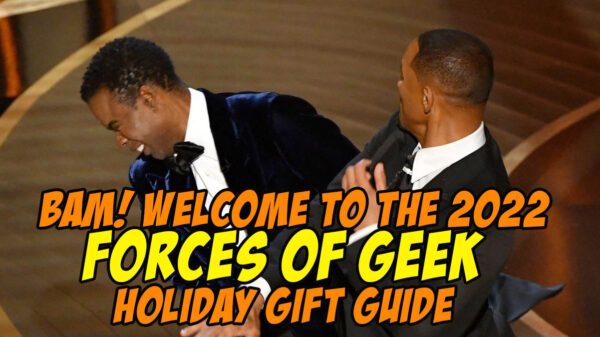




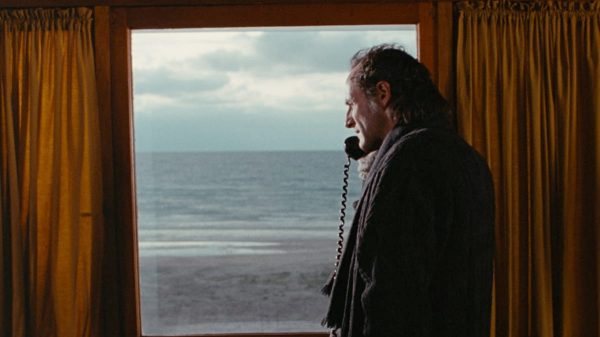
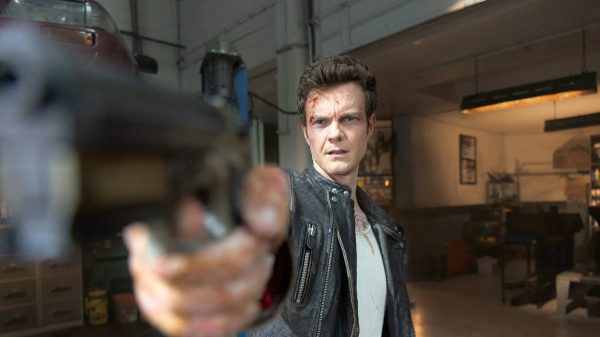
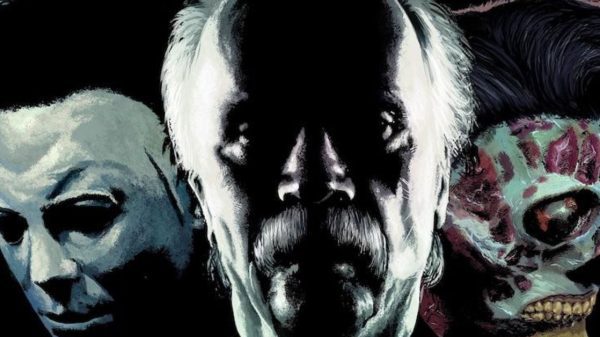
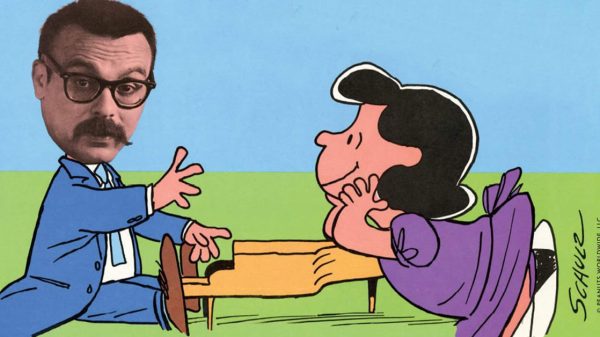
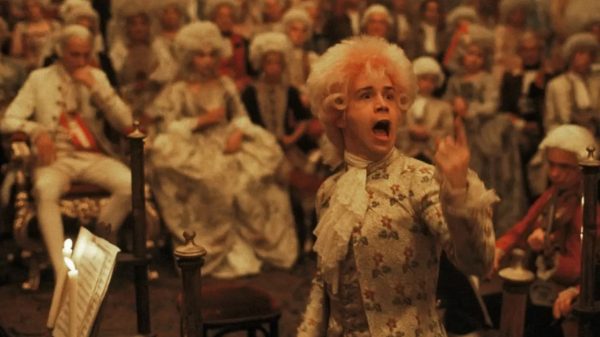











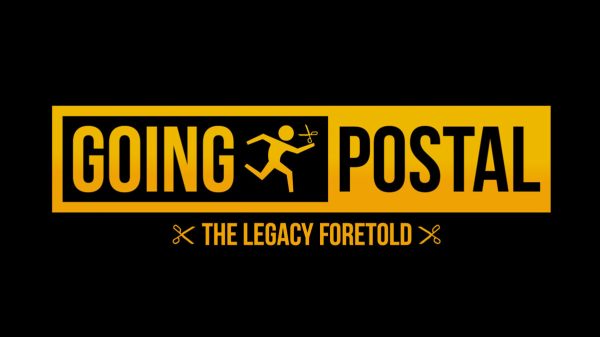
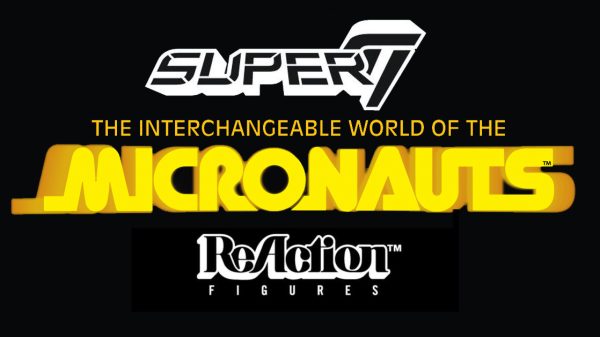
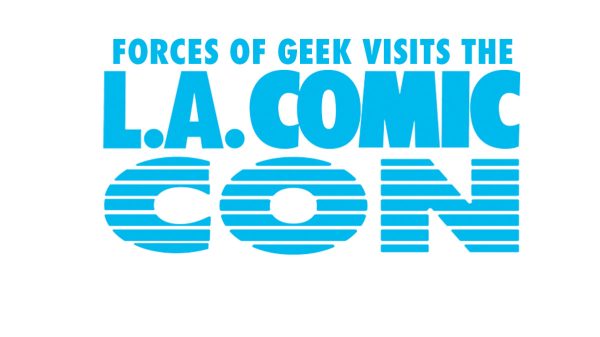
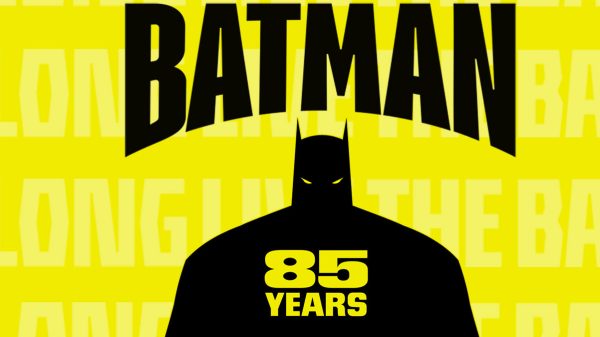


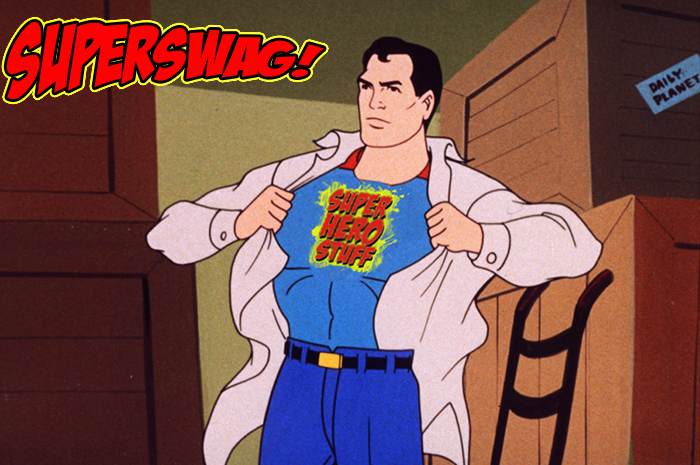

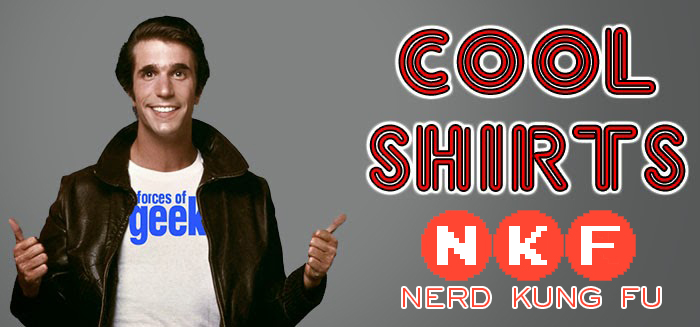
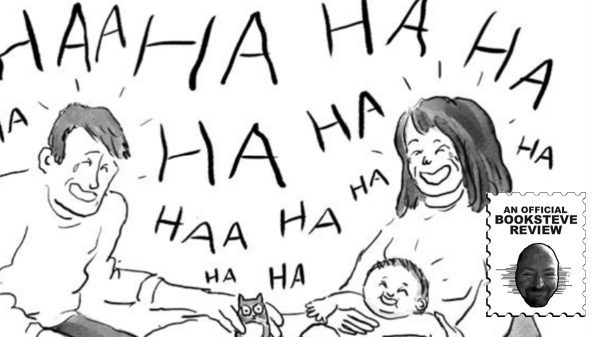



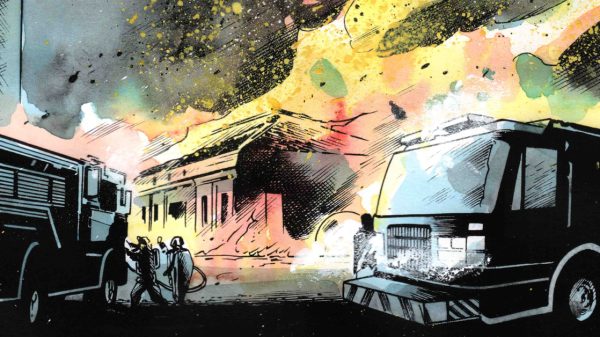




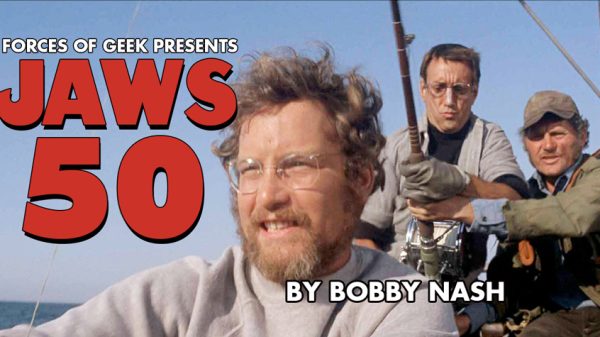









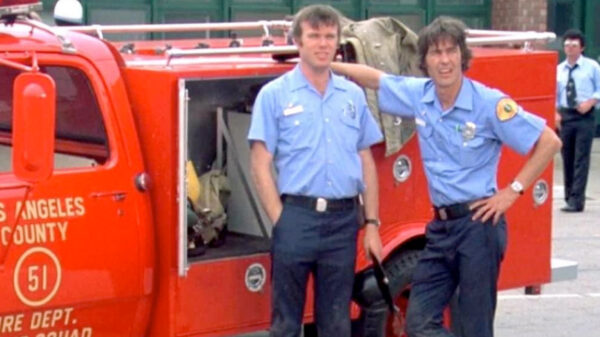
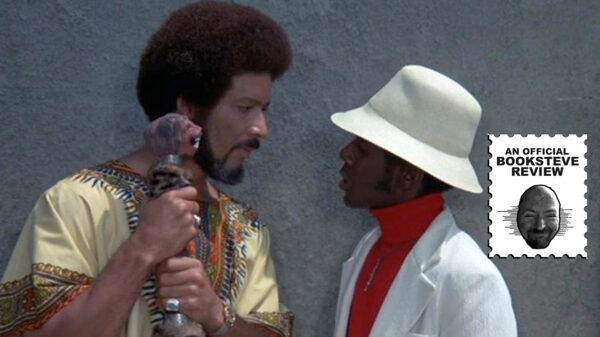
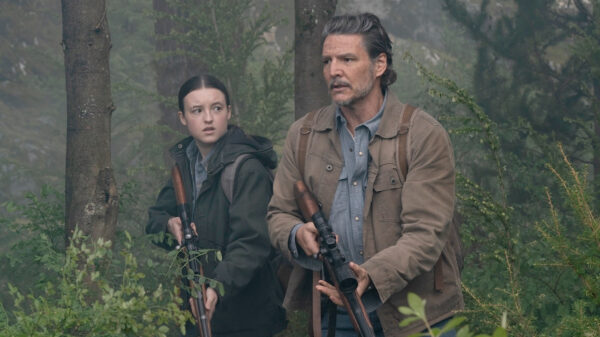




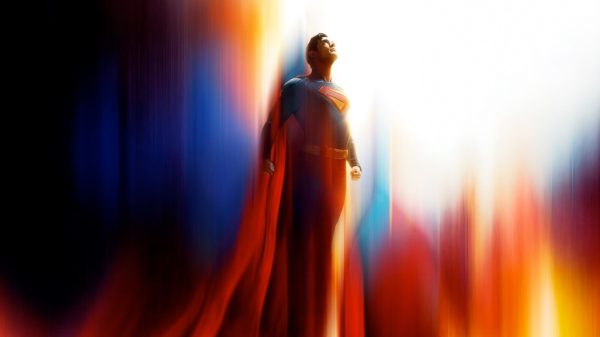
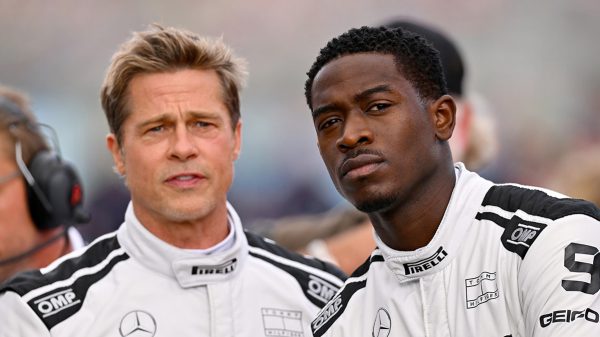
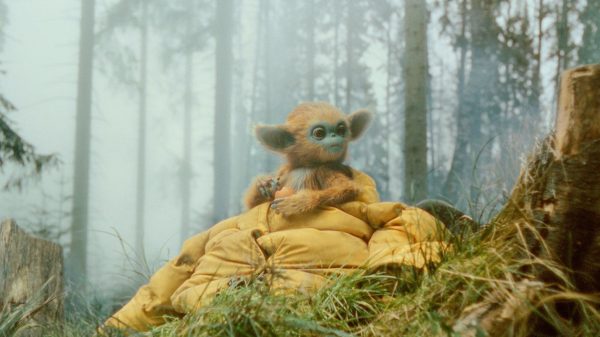



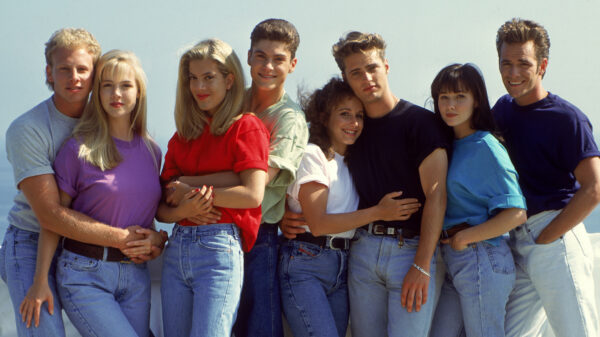
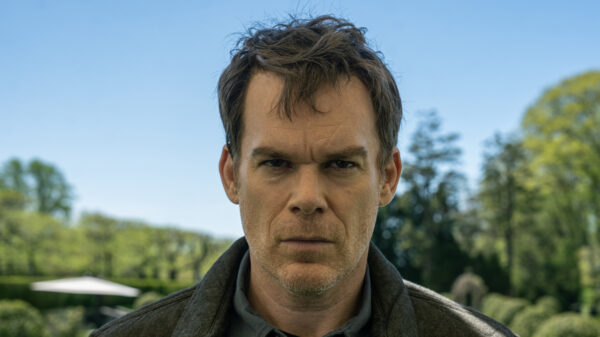
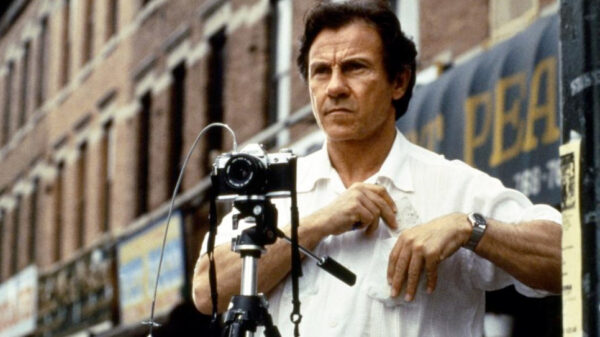
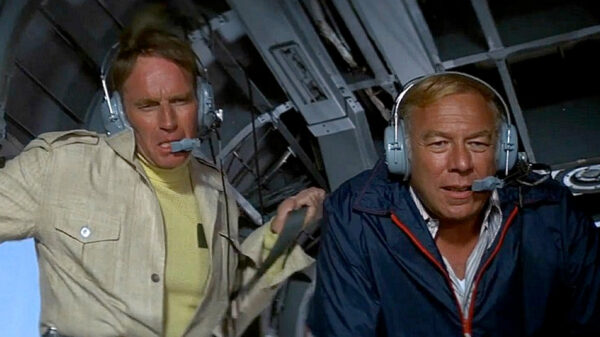
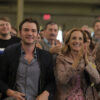

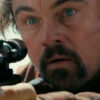

You must be logged in to post a comment Login